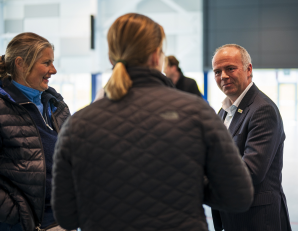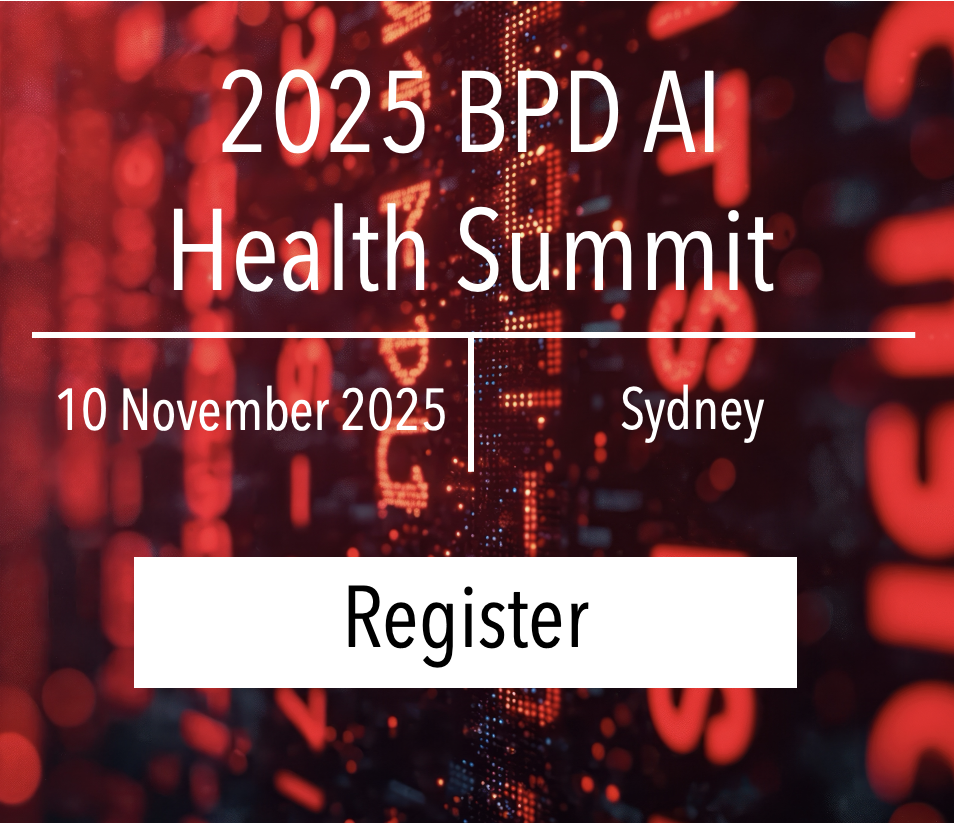Todd Stephenson is known to much of the readership as an industry public affairs executive, but he is now focused on New Zealand’s rapidly approaching election, where he is a leading candidate for ACT.
Mr Stephenson, who recently returned to New Zealand after a career with Roche, Janssen and Vertex, is ranked fourth on ACT’s party ‘list’. His candidacy and ranking reflect his long involvement with ACT. He effectively launched his career with the party at its creation in the 1990s.
Securing a seat in New Zealand’s parliament is a complex challenge.
The country’s single house of parliament includes members elected in individual electorates, similar to Australia’s House of Representatives, albeit based on a first past the post system rather than preferential voting. Yet it also includes members elected based on a party’s proportion of the list vote. New Zealanders have two votes for the country’s single chamber of parliament, one for the direct election of the local member, and one for the party list. The result resembles combining Australia’s House of Representatives and Senate in a single chamber but under their respective voting systems.
Polls suggest the most likely election outcome is a coalition government comprised of New Zealand’s National Party with ACT as the junior partner. They might also require NZ First's support to secure most seats.

Importantly, the polls also suggest that Mr Stephenson’s high ranking on ACT’s party list means he is expected to secure a parliamentary seat at the 14 October election.
We were fortunate to join Mr Stephenson, ACT leader David Seymour, other candidates and party activists on the campaign trail in Wanaka. Wanaka is a regional town near Queenstown on New Zealand’s South Island.
The ACT team are travelling through the South Island on a campaign bus that is hard to miss because of its bright, magenta colours. The use of magenta reflects the party’s embrace of the need to demand attention in a campaign significantly dominated by Labour and National.
It does not stop at the choice of colours.
Mr Seymour, who spent several years as ACT’s single member of parliament, is famous for being a contestant on New Zealand’s version of Dancing with the Stars. Several people approached Mr Seymour in Wanaka, not just as ACT leader, but as the ‘contestant on that television show’.
Regardless, he finished fifth in the show, which helped. He has rebuilt the party. ACT goes into the election hoping to grow its parliamentary base to 10 to 15 seats. Mr Seymour could be deputy prime minister after the election.
His participation in a reality television program might reflect the wider challenge for a minor party with a strong core vote but one with a practical ceiling.
His campaigning and the party’s policies have a strong philosophical underpinning that appeals to a small but consistent proportion of the population. Yet how does a small party achieve cut-through in a campaign dominated by the major parties where the national vote is critical to securing parliamentary representation?
Put simply, the party needs votes everywhere, which means finding every opportunity to connect with that group of people sympathetic to its positions.
Mr Stephenson told BioPharmaDispatch that ACT is a classic liberal party with a policy platform reflecting its philosophical commitment to personal freedoms, equality, small government and lower taxation.
If the meetings in Wanaka are any guide, many New Zealanders engaged in the election campaign are frustrated. In one exchange at the public meeting, Mr Seymour lamented that it can take longer to secure approval for a new development than it does to construct the property. The response was met with a rigorous audience-wide nod. He described an over-arching frustration that New Zealand, a country that has historically relied on its agility and ability to respond, has become slow-moving and unattractive as a destination for investment.
Mr Stephenson said that while New Zealand’s electoral system is complex, the combination of single-member electorates and proportional representation in a single chamber does make it more conducive to enabling the participation in government of smaller parties like ACT.
“Our challenge is to find our voters,” he said, adding that the party is heavily invested in on-the-ground engagement and social media.
Health did not feature significantly during the day, but Pharmac’s performance has been a significant campaign focus, with virtually all parties promising some change.
Mr Stephenson told BioPharmaDispatch that the country’s "parlous" fiscal circumstances challenge any government wanting to invest additional funds in medicines. “However, that does not mean we don’t believe in medicines,” he said. “It means there will be significant demands on the Budget, whoever wins the election, and that makes it more difficult.”
However, he said that the party believes the primary problem with Pharmac is cultural and that this represents the barrier to funding new medicines even if its budget was unlimited.
He said that the efforts of patient leaders during the election campaign, including Malcolm Mulholland of Patient Voice Aotearoa, have been critical in reshaping public attitudes to Pharmac.
Mr Stephenson said he had been touched by the contact from people he used to work with in the industry and that some are even trekking to New Zealand for election day. “I have to say, it just makes a huge difference to me when people reach out and are so encouraging.”

